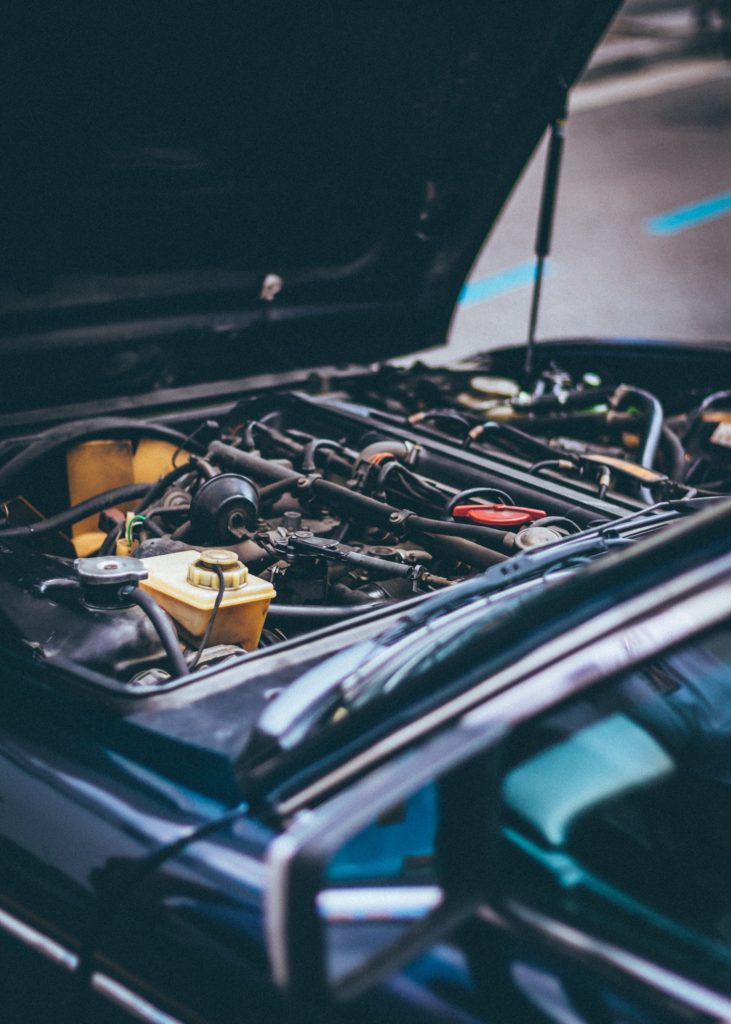1979 Pontiac Trans Am
The hallowed halls of horsepower may have been desecrated in the 1970s by government rules and two oil embargoes. Still, performance lingered on at Pontiac even as the muscle age scattered into a huge sea of personal luxury coupes and small commuters. By the mid-decade mark, it was clear that the Trans Am was the solitary survivor. Even in the short time between the Super Duty’s extinction after 1974 and Burt Reynolds’ silver-screen endorsement of the top-tier Firebird, Trans Am sales were on the upswing; when the world met the Bandit, they skyrocketed. The 1979 Pontiac Trans Am was no exception.
The trend continued in the 1979 Pontiac Trans Am when the second-generation Firebird underwent its last redesign and spent its final year with a 6.6-liter engine. Pontiac was doing something right, as Firebird production reached an all-time high of 211,453 cars in 1979, with Trans Ams accounting for 117,108 of them.
Performance and Fuel Economy
The 1979 Trans Am came standard with an Oldsmobile-sourced 403-cubic-inch V-8 (RPO L80), which had previously been used in California-bound Trans Ams (and certain Formulas) since the 1977 model year. It was only available with an automatic transmission. The 7.9:1 compaction engine produced 185hp and 315lb-ft of torque and had a 4.351 x 3.385-inch bore and stroke, “4A” cast-iron heads with 2.00/1.55-inch intake/exhaust valves, hydraulic lifters, and a Rochester Quadrajet four-barrel carburetor.
It employed a crossover tube to link the driver’s and passenger’s manifolds; a single pipe led to a single catalytic converter, followed by a Y-pipe leading to twin resonators and twin tailpipes with “splitter” tips, much like other single-exhaust Oldsmobile V-8s. Look for the letter “K” in the VIN and “6.6 Litre” decals on the Shaker scoop.
Comfort, Quality, and Design
Although the general body shell mainly remained unchanged from 1970 to 1981, ‘79 Trans Am versions had newly revised nose and tail parts fashioned from a new, softer plastic composition (including the front and rear spoilers and the wheel opening spoilers). The revised nose piece had quad headlights lowered into separate tunnels, with the blacked-out split grilles placed under the lamps; turn signal/running lamps were also recessed into the grilles.
The rear panel looked to be one continuous blacked-out item, but it was a three-piece arrangement, with taillamp lenses surrounding the centrally located fuel-filler door, which was trimmed in matching trim. General Motors included T-tops and a new, updated version of the huge Firebird hood decal were still available, as were air extractors on the front fenders, as they had been since the 1970 model.
New door panels and thin-shell buckets in standard Oxen vinyl, optional Doeskin vinyl, or Hobnail fabric were added to the interiors. The style was completed with a center console, imitation leather-wrapped Formula steering wheel (now color-keyed where applicable), and an engine-turned instrument panel inlay. Another holdover was the standard Rally Gauge cluster, which incorporated a clock as well as a tachometer. Some restrictions were placed on special-ordering different upholstery and paint colors; but, a comprehensive list of power and comfort extras might easily have pushed the picky buyer’s price line.
Specification
- Height: 49.3 in
- Length: 196.8 in
- Width: 73.0 in
- Curb weight: N/A
- Passenger volume: N/A
- Trunk volume: N/A
Engine type: 79 code-PWH T/A 6.6, No. XX481988 400 block
Vehicle type: four-speed manual transmission
Fuel Capacity / Gas Tank Size: N/A
C/D TEST RESULTS:
- Zero to 130 mph: N/A
- Zero to 100 mph: 19.9 sec
- Zero to 60 mph: 6.9 sec

PONTIAC TRANS AM 1979 Factory Service Manual
The PONTIAC TRANS AM 1979 service manuals are comprehensive and cover every area of the vehicle. All PONTIAC automobiles come with a service manual in addition to the vehicle itself. The following subjects are covered in detail in the service manuals:
- Air Conditioning
- Frame
- Bumpers
- Steering
- Suspension
- Wheels
- Tires
- Drive Shaft
- Differential
- Brakes
- Engine
- Cooling System
- Fuel System
- Electrical System
- Emission Control Systems
- Exhaust System
- Transmission
- Chassis
- Accessories
Auto repair manuals for PONTIAC vehicles are intended for use by technicians and auto dealers. With the help of these service manuals, the owner can be confident that any car maintenance or repairs are completed properly.
PONTIAC TRANS AM 1979 — Owner’s Manual
When a buyer purchased a new muscle car, they were given an Trans Am Owners Manual that contained all of the vehicle’s critical information for future use and maintenance. The contents of the owner’s manual included information on all of the vehicle’s functions, which included the following:
- Safety—Seats, seat belts, and supplemental restraint system
- Instruments and controls
- Pre-driving checks and adjustments
- Starting and driving
- Appearance and care
- Maintenance and do-it-yourself
- Technical and consumer information
To meet the needs of car enthusiasts, the 1979 Trans Am Owners Manual has been written to instruct them on when and how to use the various features and functions of their vehicles.

